In his office, graphic designer and videographer Jed Charles tweaks a client’s logo, a task that once took hours. Today, AI shortcuts part of the process, but Charles isn’t losing sleep over it, at least not yet.
“They run into problems,” Charles told St Lucia Times, “and usually they still have to run back to the creative team to fix everything.
“So that’s why I don’t have any fear of losing work because of it. Even those AI tools all have their limitations. The way I see it, it doesn’t really replace our work, but it assists.”
His confidence echoes among many of Saint Lucia’s creatives, who are mapping out what this technology means for their livelihoods and their art. But some tensions exist. Photographers, for example, grumble about clients opting for AI-generated images over photo shoots. “Although among the peers I talk to, feedback is more positive—it’s helped them streamline and cut down the number of steps in their workflow—but with photographers, I do hear them complain that it has made things a little more competitive because now people are opting for AI-generated images for some things,” Charles said.
In May’s Saint Lucia Jazz and Arts Festival, a small audience debated the stakes at a forum hosted by the Cultural Development Foundation (CDF) and Life & Colour Art Gallery curator Buki Cahane.
Kendal John, filmmaker and CDF communications director, told St Lucia Times that the foundation understands the importance of AI and framed it as a potential equaliser: “Yes, there will be a dramatic shift when it comes to employment… but where small island states are competing with those heavyweight creative industries like the Hollywoods and Nollywoods, for example, we now have a chance to have a level playing field, so to speak, because AI can be used to get very similar effects.”
Of the most salient points emerging from the nearly two-hour discussion:
- Artist ADÉX LAVA voiced a more sobering critique, challenging the idea that AI is merely a neutral tool. “The thing is, it’s going to make a decision for us. That doesn’t make it a tool anymore; it means it’s learning, changing, and it’s making decisions without us…” LAVA said.
The artist also raised issues of consent. “…It [has the] ability to extract, so these data sets are millions of images, artworks of artists who have not been paid, their consent never given… So the copyright and the laws around that have changed dramatically.”
- Sculptor Jallim Eudovic described his evolving relationship with AI in more spiritual terms. “We’ve always wanted a genie in a bottle,” he said.
“I realise AI has its own character. You could tell instantly when something is artificially produced…there’s this AI thing about it, that it’s not human. And to me, what that does is give more value to my humanity, my individual human expression,” he later added.
- Art educators and artists Delthia Naitram, Ted Sandiford and Bernice Joyette Lewis, though facing the complex task of teaching children in an AI-impacted world, were optimistic about its potential and methods to address threats.
Sandiford reflected on his observations of evolutions over his more than three-decade-long career and the introduction of AI. “When you look at AI, the students who are intrinsically motivated want to learn more, so they will use it as a tool. Students who are motivated extrinsically need some outside force to push them. So basically, they will use AI as a shortcut to get the work done,” he said. To address this, he has increased the weight of class discussions to ensure students engage more deeply with the material.
Naitram too, a long-time art educator, sees AI pushing teachers to rethink everything, from content to methods to metrics: “We have to begin rethinking and interrogating our curriculum, first of all. We have to look at the strategies, methods, and approaches for delivery… we really have to begin re-examining our assessment methods. And notice I’m not using the word ‘test.’
Lewis also echoed a practical truth: “At the end of the day, you still need to generate your ideas. You still need to go through the process. If you are not practising whatever skills that you need to practice, you will not be able to deliver on a job.”
The Saint Lucian creative community is not resisting AI out of fear; it is interrogating it out of care. What’s at stake isn’t only income or access, but something quieter and deeper: the process. The slow, often sacred journey of making. The drive to express; not just produce.
In a world rushing toward automation, their questions echo far beyond island shores: What is the true cost of speed? And what, if anything, is worth keeping slow?




